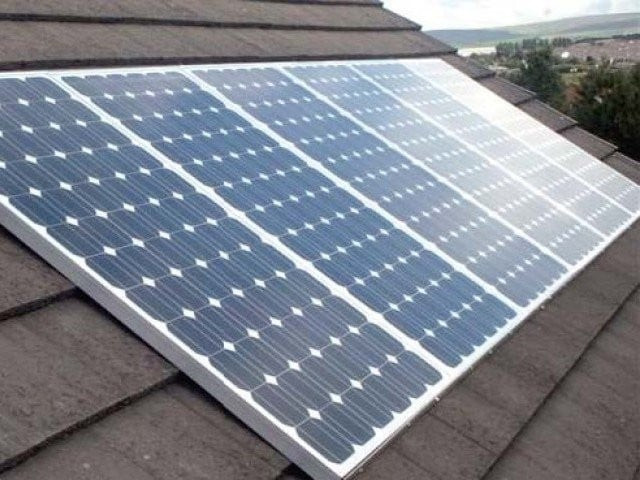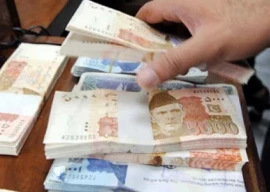
"Power shortages have long plagued Pakistan. We've also faced severe damage to our power system due to frequent floods over the past two years, making the demand for large-scale solar photovoltaics increasingly urgent," stated Abbas, a Pakistani trader, at the Investment and Trade Forum for Cooperation between East & West China on September 22.
Pakistan is undergoing a significant energy transformation. As of 2024, the country has emerged as a key overseas market for Chinese photovoltaic (PV) companies. Data from the China Photovoltaic Industry Association (CPIA) shows that Asia overtook Europe as the largest export destination for PV products in the first half of 2024, with Pakistan ranking as the second-largest module export market after Europe.
In the same period, China exported inverters worth RMB 1.714 billion to Pakistan. In August alone, inverter exports to Pakistan reached 326 million yuan, reflecting a year-on-year growth of 429.04%. Today, solar panels are becoming a common sight on the rooftops of factories, homes, hospitals, and mosques.
This surge in solar energy adoption is not without cause. Pakistan's traditional power sector is heavily reliant on coal imports, and the country's circular debt crisis, slow transmission network development, and frequent transmission line damage have severely hampered progress. These issues have driven Pakistan to turn toward renewable energy sources like solar power.
"Electricity prices continue to rise, so people are seeking alternatives," Abbas added. As of June 2023, Pakistan's installed solar capacity stood at 630 megawattsonly 1.4% of its total installed power capacityleaving ample room for growth.
Pakistan's natural conditions are highly favourable for solar energy. According to the World Bank's Global Solar Atlas, Balochistan Province, for example, has an average annual photovoltaic output of 1990kWh per kilowatt, significantly higher than in New Delhi and Shandong Province. The Global Tilted Irradiance (GTI) for the region is also 36% and 61% higher than New Delhi and Shandong, respectively.
Policy support is also strong. The Pakistani government aims to increase the share of renewable energy in the country's electricity mix to 20% by 2025 and 30% by 2030. NEPRA's IGCEP2047 report projects that Pakistan's PV installed capacity will reach 12.8GW by 2030 and 26.9GW by 2047, requiring an annual installation of 1.65GW and 1.07GW, respectively.
Businesses in Pakistan are seizing this opportunity. "Every bit of space I have, even if it's just a few feet, I want covered in solar panels," said Khawaja Masood Akhtar, CEO of Forward Sports. His company, a leading football manufacturer, plans to boost its solar energy share to 80% by April next year, following substantial investments in Chinese solar panels.


1727481510-0/Untitled-design-(30)1727481510-0-165x106.webp)















COMMENTS
Comments are moderated and generally will be posted if they are on-topic and not abusive.
For more information, please see our Comments FAQ